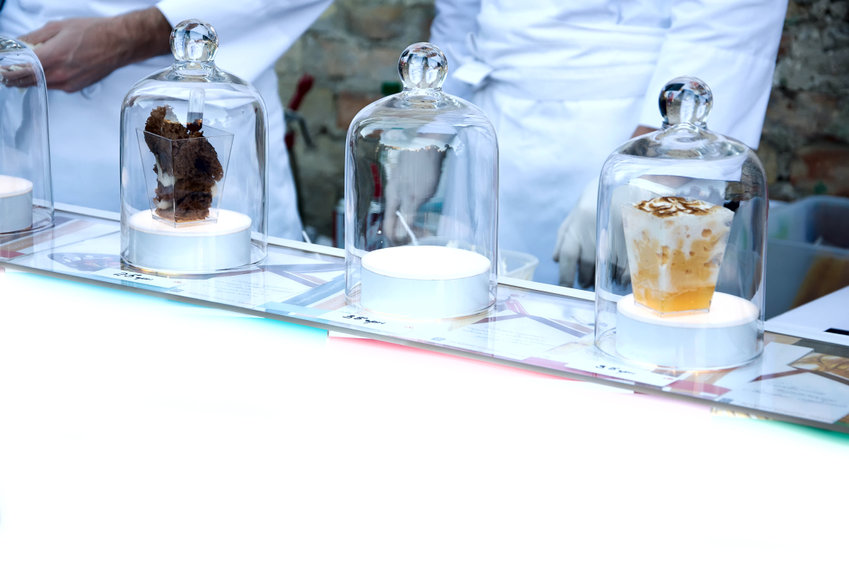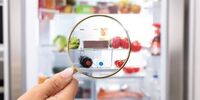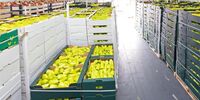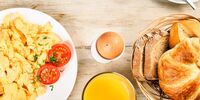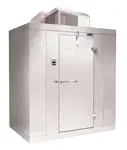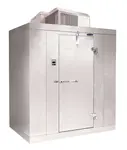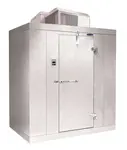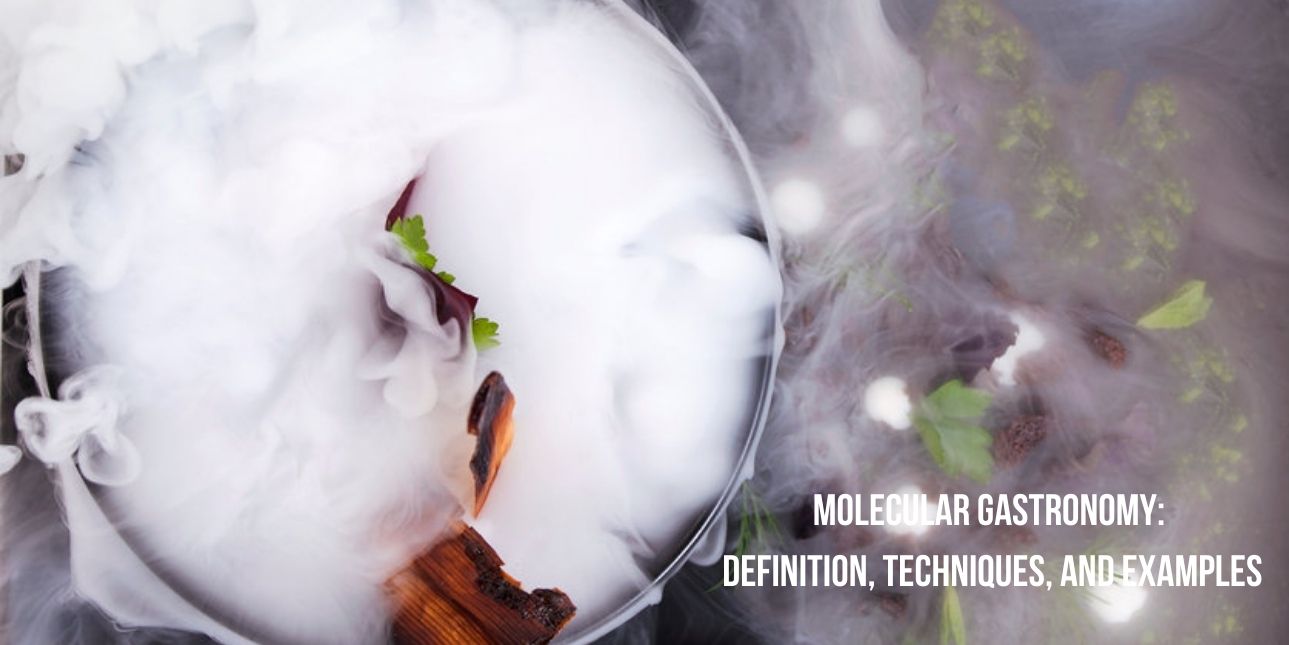
Molecular gastronomy is a cooking method that relies on scientific cooking methods. Essentially, the technique is the perfect blend of cooking and science. In this method, chefs or cooking enthusiasts try to find the ideal balance between the art of cooking, flavor, and the science behind it. There are various molecular gastronomy cooking techniques popular worldwide.
In this article, we discuss molecular gastronomy, the cooking techniques used in molecular gastronomy, and list the top molecular gastronomy examples.
What Is Molecular Gastronomy?
Molecular gastronomy is the science of chemical and physical transformations while cooking food. With molecular gastronomy, you can create contemporary cuisines by elevating various physical and chemical reactions between different food ingredients. The techniques are utilized to create new flavorful and artistic dishes. Some examples of molecular gastronomy cooking techniques include gelification of puree and transforming liquid into foam.
Nicholas Kurty and Herve coined the term ‘Molecular And Physical Gastronomy’ in 1988. A few years later, the concept was taught in various cooking workshops in Italy. Modern restaurants globally have implemented molecular gastronomy techniques in multiple cuisines. The discipline has grown multiple folds in the last three decades. Chefs and cooking enthusiasts have constantly innovated with ingredients and cooking techniques to create avant-garde flavors.
What Cooking Method Is Used by Molecular Gastronomy Chefs?
Molecular gastronomy cooking includes various cooking methods to obtain different types of dishes. In molecular gastronomy, the interactions between multiple ingredients create various effects. All recipes go through biological, physical, and chemical changes.
Molecular Gastronomy Techniques
- Gluing Technique: Meat glue or transglutaminase is an enzyme that helps speed up protein reactions for adhering purposes. Gluing can be used for binding various meats together. You can create delicious combinations of bacon, fish filet, and chicken. You can also use gluing as an additive in yogurt and tofu.
- Thickening Technique: In the thickening technique, liquids are thickened with polysaccharides. Polysaccharide is an effective thickening agent which can improve the texture of the food without additional heat or aggressive cooking methods. Additionally, freezers and refrigerators are used to store the ingredients at desired temperatures. Most large restaurants and institutional kitchens use walk-in freezers to freeze thickened ingredients and dishes for longer periods.
- Sous Vide Technique: Food is cooked at low temperatures in the sous vide cooking technique. The food is vacuum-sealed and compressed before being immersed in a water bath. In this technique, the cooked food traps moisture and heat quickly. You can cook fruits, veggies, and various meats with this technique.
- Carbonating: In the carbonating cooking technique, CO2 or carbon dioxide is added to make any ingredient effervescent. Carbonating agents help in creating air bubbles in sweets and various other dishes.
- Flash Freezing Technique: The food is exposed to liquid nitrogen in the flash-freezing technique. In this process, the outer layer or outside of the food is frozen without solidifying the inner layer. The process preserves the texture, and it does not create large crystals. With a flash-freezing process, you can create intricate garnishes and decorations.
- Smoking Technique: You can use a smoking gun to create aesthetically pleasing dishes and beverages.
- Foaming Technique: Food foam is mostly created when emulsifiers mix with liquids. The most common emulsifiers are soy lecithin, carrageenan, agar-agar, and maltodextrin. The emulsifiers are placed in a canister of nitrous oxide. The gelling agents start mixing with nitrous oxide, transforming the liquids into emulsions. Finally, an aromatic, flavorful essence can be used as a sauce or garnish. They are super light, and the foam dissolves in the mouth, which positively affects your taste buds before disappearing. Additionally, the foam can be used over strawberries, citrus air over a margarita, and other contemporary dishes.
- Dehydrating Technique: The Dehydrating technique mainly removes the moisture from food - fruits, veggies, and meat. With this technique, you can also increase the shelf life of various foods. The texture of food is also altered after the dehydration process. For more than a millennium, the dehydrating technique has been used to preserve meat.
- Spherification Technique: The spherification process is used to make soft bubbly spheres that look like small eggs. In this technique, calcium chloride and alginate are combined. It is a type of polysaccharide or viscous gum that is obtained from algae. A chemical reaction traps liquid ingredients within a thin membrane in this process. The soft membrane looks like pearls or small caviar eggs. Tapioca pearls in boba tea or bubble tea use the spherification process.
- Liquid-to-Powder Technique: You can transform liquids with high-fat content into powder. For this process, you can use maltodextrin, which has a starch-type texture. You can use the powder as garnishing for various dishes. You can transform caramel, peanut butter, and coconut oil into powder for various purposes.
For creating delicious and unique flavors, chefs need a range of traditional and contemporary kitchen equipment like commercial ranges, ovens, freezers, refrigerators, and blenders. If you need high-quality refrigeration and freezing solutions, you can opt for NorLake indoor walk-in freezers for your foodservice establishment.
Top Molecular Gastronomy Examples
- Creme Brulee: In a creme brulee, a flame torch is used extensively. The flame torch effectively heats the top layer of sugar, and it is heated until sugar crystallizes and forms a sweet and crunchy coating on top.
- Souffle: Souffle is an excellent example of the molecular gastronomy process. In a souffle, chemical reactions transform the ingredients. Souffles need the correct mixture of egg whites and various ingredients. All ingredients are whisked and blended at the requisite temperature to obtain extra thick, light, and aerated pancakes.
- Foam Foods: In foam foods, chefs craft foam from various ingredients. You can create delicious lobster foam and pineapple foam.
- Salad Dressing: Chefs prefer converting olive oil and balsamic vinegar into pearls that can be used in salads in the place of traditional liquid dressing.
- Ice Cream: Ice cream is freeze-dried to create ice crystals. In this process, ice cream becomes vapor, transforming into a form of dehydrated ice cream. Dehydrated ice is hard and crumbles when you eat it.
- Smoked Cocktails: In a smoked cocktail, hickory or applewood is burnt and added to the cocktail. This process results in a smoky flavor that gives it a unique flavor.
Molecular gastronomy also elevates the role of chefs and cooking enthusiasts. With molecular gastronomy, anyone can create a range of contemporary dishes and recipes. The scope of molecular gastronomy is endless. You can also create your technique by using some primary ingredients and equipment to create new and innovative recipes. Contemporary restaurants and foodservice establishments add molecular gastronomy techniques to keep patrons interested.

